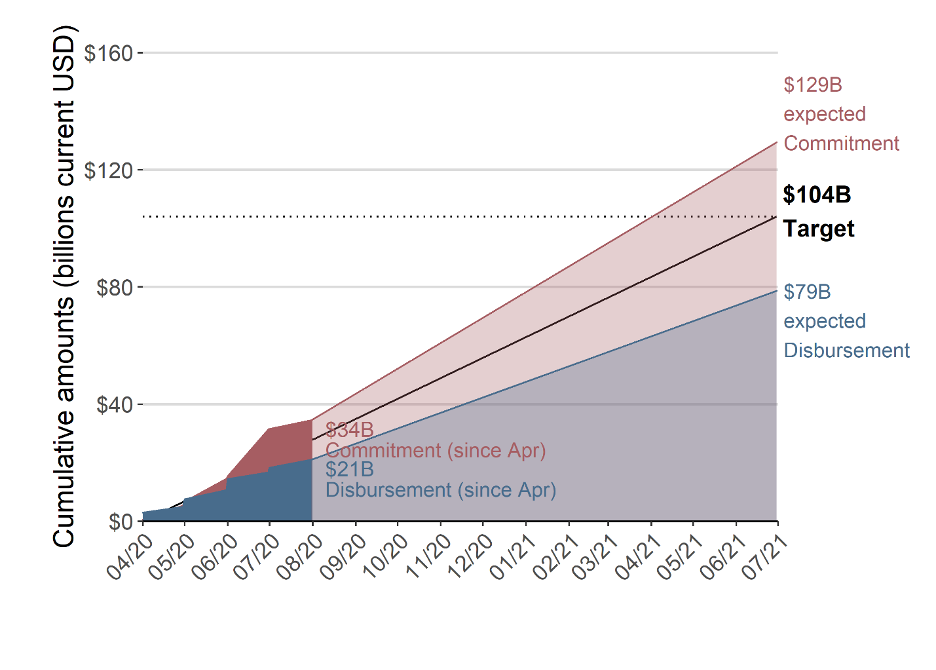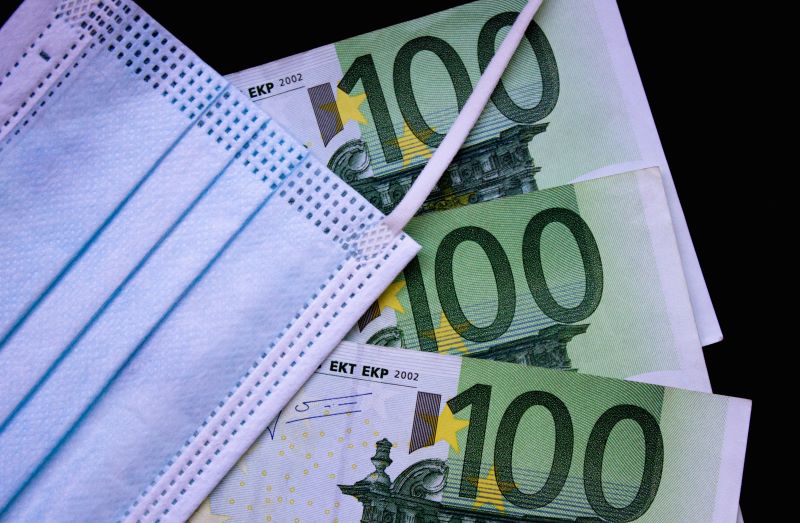Recommended

Blog Post
The World Bank has forecast an unprecedented global recession in 2020-21, and the reversal of a decades-long fall in global poverty, provoking an acute need for short-term financing in low- and lower-middle income countries. Critics contend that the Bank has failed to rise to this challenge, acting slowly to increase lending volumes and resisting calls for a multilateral debt standstill. We compile a new data set, combining official sources with transaction-level records scraped from the World Bank website, spanning all commitments, disbursements, and payments on all World Bank loans from before the 2008-09 Global Financial Crisis (GFC) through August 2020, allowing us to compare the Bank’s COVID response to the last comparable global crisis. We find that lending has indeed accelerated in 2020, with new loan commitments up 118 percent year on year in the first seven months of 2020, but actual disbursements up only 31 percent. The latter represents less than half the increase in monthly disbursements observed during the GFC. Furthermore, unlike during the GFC, there has been no increase so far in 2020 in the use of the Bank’s “Development Policy Lending” instrument, which allows for rapid, flexible budget support. Overall, the pace of World Bank lending appears incommensurate to the scale of the crisis: while the Bank forecasts a 4.1 percent decline in GDP growth between 2019 and 2020 in the median low- income country, World Bank disbursements in 2020 have risen by just 0.3% of GDP by comparison.
The data and replication files for this paper are available here (700mb download).
This paper was updated in October 2020, after publication. You can view the previous version of the paper here.
Rights & Permissions
You may use and disseminate CGD’s publications under these conditions.





